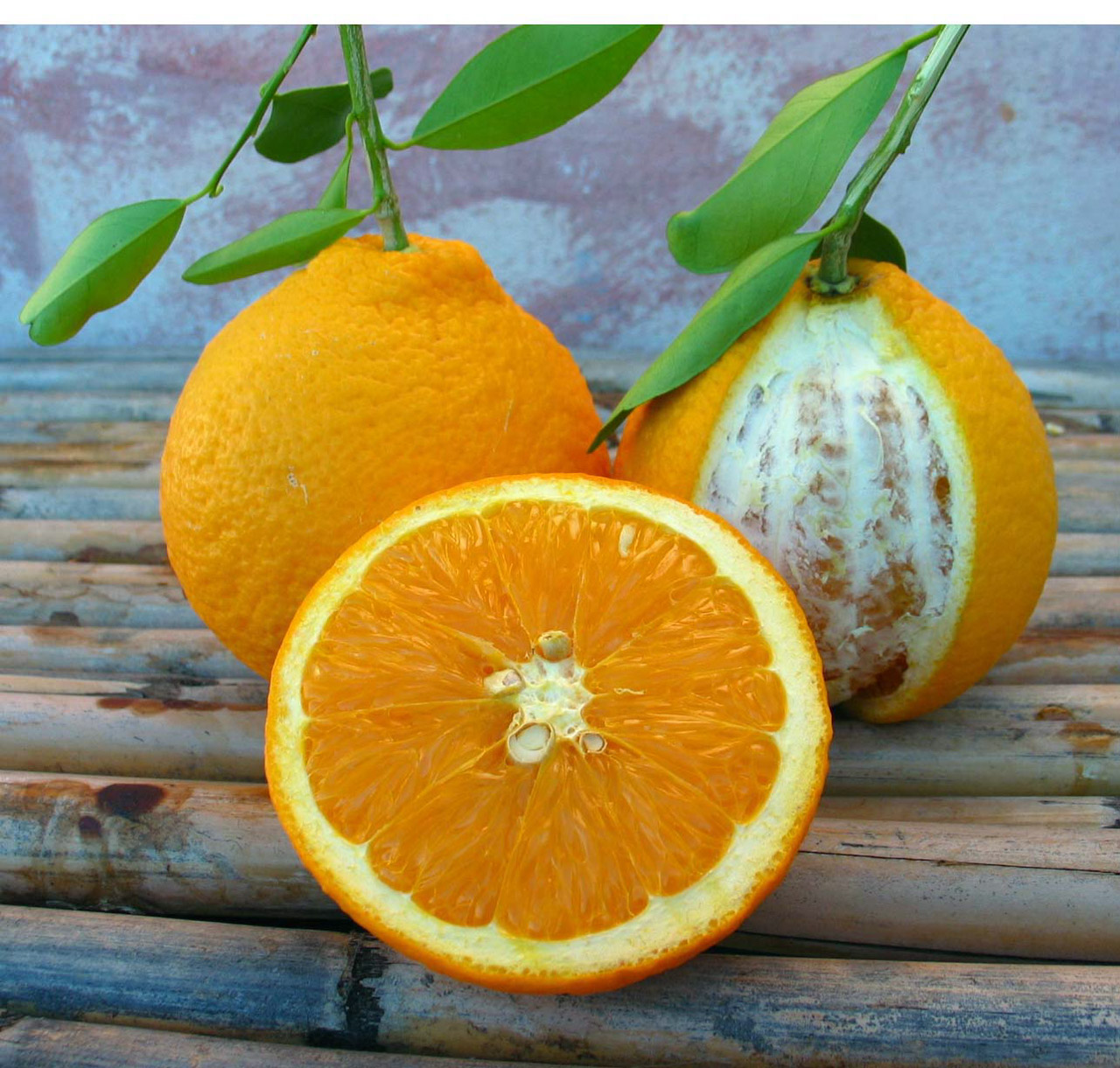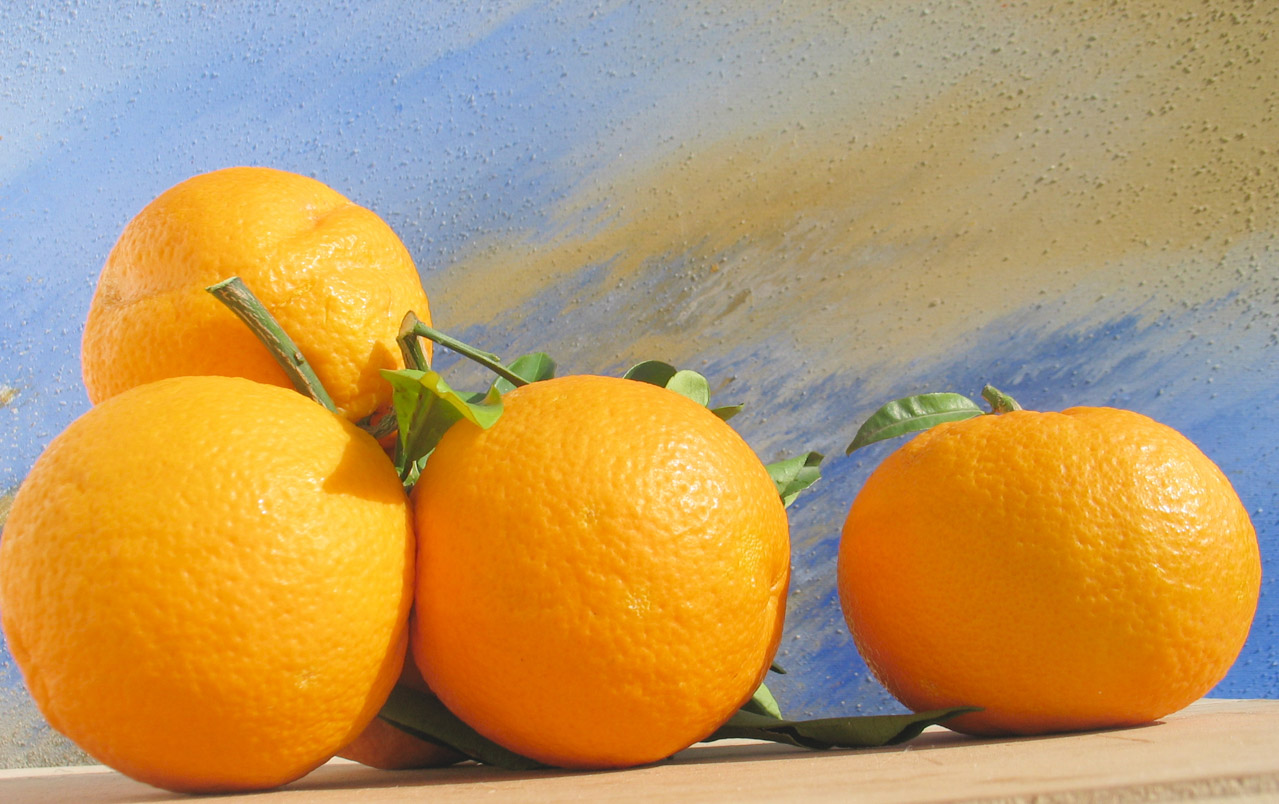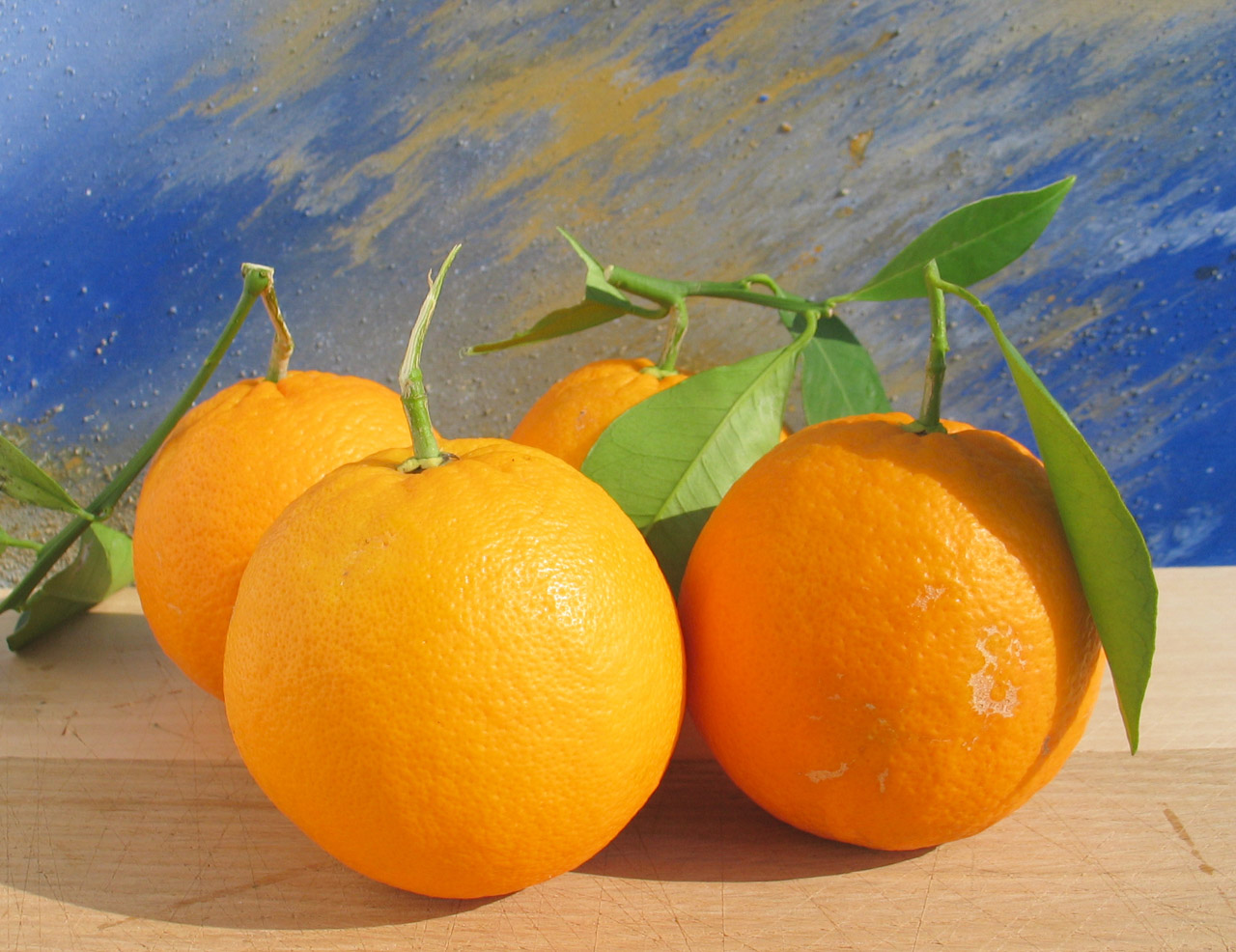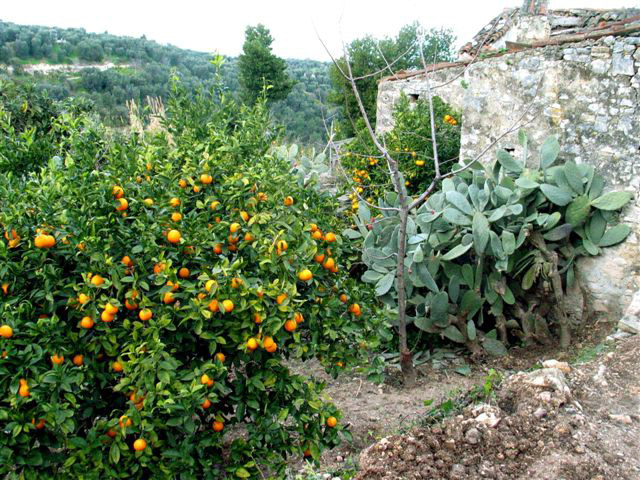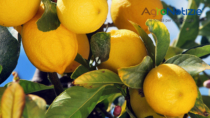Description
The Arancia del Gargano PGI refers to fresh fruit belonging to the Biondo Comune del Gargano ecotypes and the local Duretta del Gargano cultivar, the latter also being known as arancia tosta. The peel is thin and the pulp and juice are yellowish-orange.
Production Area
The production area of Arancia del Gargano PGI is within the territory of the municipalities of Vico del Gargano, Ischitella and Rodi Garganico, in the northern coastal and sub-coastal area of the Gargano headland, in the Province of Foggia, in the Apulia region.
Production Method
The trees are grown in red calcareous soil and are exposed to cold winds that cause frequent drops in temperature. The orange groves are planted with full respect for the structural characteristics of the land. Terracing is used for steep terrain, which is created with dry-stone walls or grassy turf (embankments). The Citrus mearda species, commonly known as sour orange, is used as rootstock for grafting; alternatively this can be replaced with other rootstocks certified by current legislation. The harvesting period varies according to the different ripening times of the two varieties, which cannot be artificially induced: between April 15th and the end of August for the Biondo Comune del Gargano variety, and between December 1st and April 30th for the Duretta del Gargano.
Appearance and Flavour
Arancia del Gargano PGI is round and medium-sized with a thin, intense golden-yellow peel. It is distinguished by its sweet flavour and typical fragrance.
History
Citrus fruits have been cultivated in Gargano since the year 1000, as evidenced by the reference to pomo citrini – bitter or sour oranges – sent to Normandy by Prince Melo of Bari, in order to demonstrate how rich and productive the land was. Over the centuries, the trading of oranges progressively intensified, at first within Italy and then abroad, until eventually reaching America. In around the mid-19th century, oranges from Gargano were sent to New York and Chicago, travelling for more than 40 days without losing their flavour or appearance, thanks to their long-lasting quality. The traditional procession in Vico del Gargano (Foggia) on Saint Valentine’s day (Patron Saint of citrus fruit groves), was first organised in the 18th century, with the aim of establishing the popularity of these fruit.
Gastronomy
Arancia del Gargano PGI should be kept in a cool, dry place. It is delicious eaten fresh: to fully appreciate the flavour of the pulp, it is best to peel off as much of the white underside of the rind as possible, as well as the membranes between the segments. The fruit can also be used as the main ingredient in delicious Apulian dishes, such as orange, tassel hyacinth and pomegranate salad with fusilli and balsamic vinegar. Arancia del Gargano PGI can also be used to make drinks, liqueurs, candied fruit, marmalade and jam.
Marketing
The product is marketed as Arancia del Gargano PGI in the Biondo Comune del Gargano ecotypes or the local Duretta del Gargano cultivar. It is sold in packets and at least 80% of the fruit inside must be either stamped or wrapped. The containers must be rigid, weighing from a minimum of 1 kg to a maximum of 25 kg, and must be made of material of plant origin, such as wood or cardboard. It can also be used in transformed products like Arancia del Gargano PGI marmalade.
Distinctive Features
Arancia del Gargano PGI ripens at the end of April or beginning of May, as well as in August, therefore several months later than all the other citrus cultivations in Italy. Another distinctive characteristic is its extremely long shelf life.






